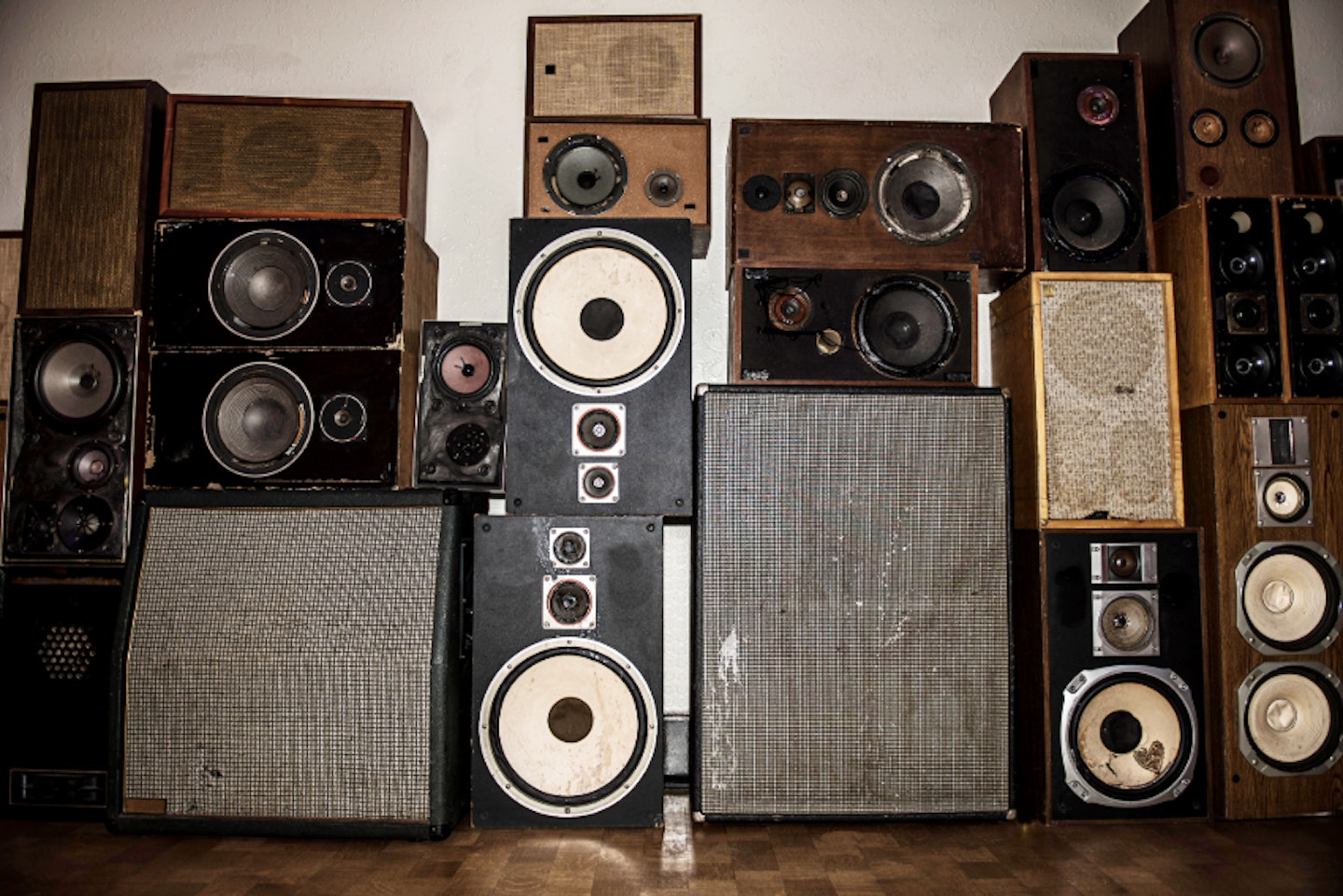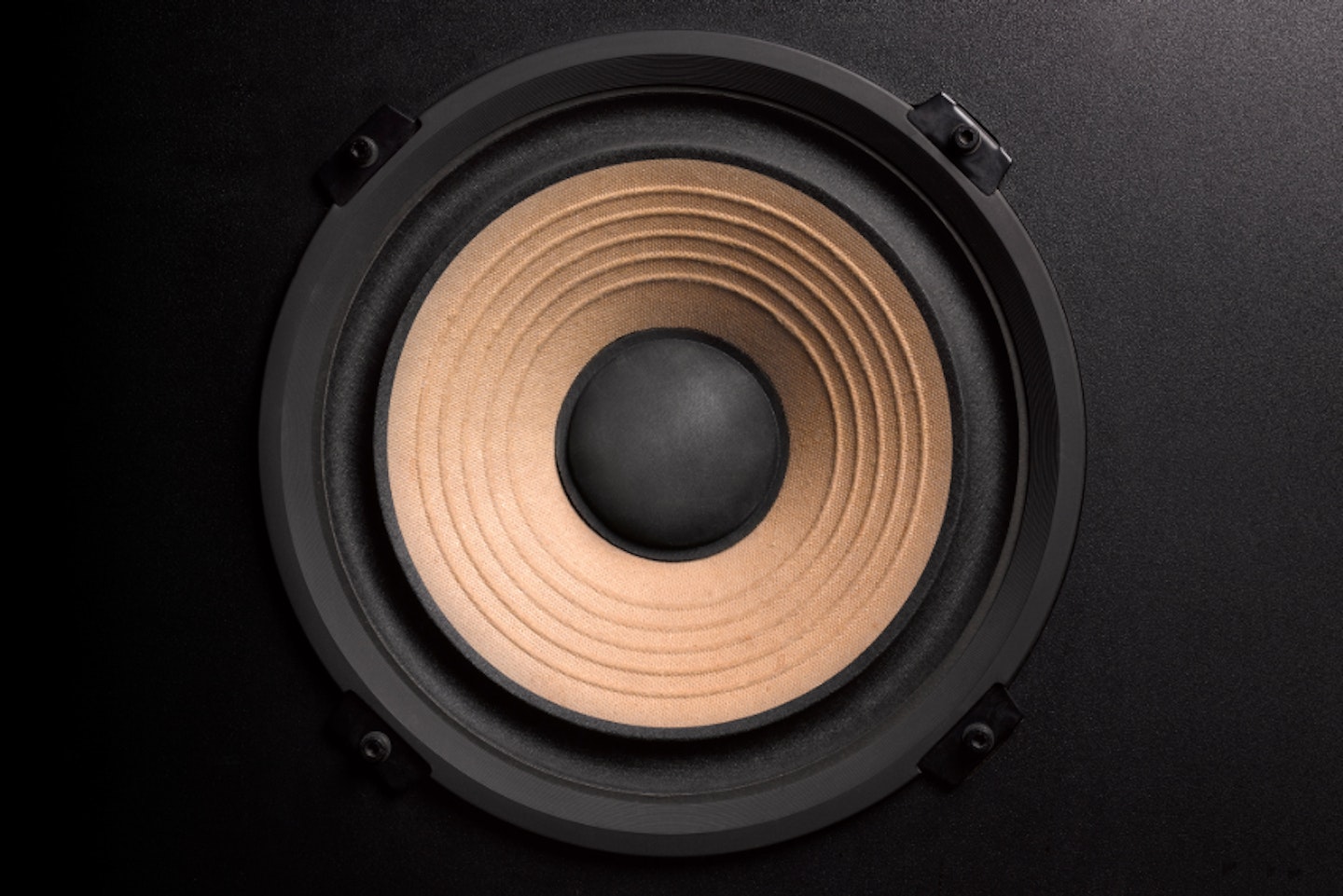You’ve probably had this debate half a dozen times when looking for a set of the best speakers for your lounge, music room or home cinema. It's the whole 'are big speakers better for sound?' rabbit hole. If you’re down the pub or across the desk at work, it probably goes something like this:
“I’m going to get these bookshelf speakers, they look great”
“Well, that’s no good. Big speakers are always better than smaller ones.”
“But, smaller ones are more powerful and better engineered than they used to be.”
“My mate’s got these compact speakers that beat his massive ones hands down.”
“No, I think you’ll find that the larger the cones the better the sound. Get floor-standing speakers”
”Oh, really? Now I’m totally confused.”
But who's right? Well, let's find out.

Before you consider new speakers...
Naturally, choosing the right speakers for you is a little more complex than just choosing based on size. Before we look at the sound quality versus size issue, let’s cover some of the basics to help you size things up. If you read this article and still decide you want larger speakers, they'll need to fit and be well-placed too.
Room size
Initially, you’ll be looking at practicalities like the size of your room and the furniture in it. It’s all very well looking at large floor-standing speakers, wall-mounted options, or a whole collection of large speakers on stands for a surround sound setup or TV speakers; But, if you simply can’t place them wisely into your space, you’ll suffer from poor sound at worst and a cluttered room at best.
Furniture and other obstructions
All speakers need a little room to breathe and work to their best strengths. One of the details that many owners overlook is the placement of the speakers in relation to walls and furniture. As sound travels as a wave, it’ll bounce off all objects to some degree. Soft furnishings that are close to the speaker and between it and the listener will soften and deaden the sound.
Also, the larger the speaker the more important it is to make sure it’s well-seated. If you have floor-standing speakers (or separate floor stands) make sure you’re using the rubber feet (or carpet spikes) for vibration dampening - that will contain the sound and prevent it from being muddied or reverberated. That’s especially true with the best speakers for vinyl lovers - as turntables hate errant vibrations. The same goes for large speaker wall brackets.

Walls and reverberation
Lastly, many medium to large speakers have a bass port - very often rear-facing. This does what it seems - directing the lower bass frequencies out of the cabinet for more depth and resonance. However, place your speaker too close to a wall with the bass port facing it and you’ll either lose a lot of that depth or have it sound uncomfortably boosted. Many speaker manufacturers have a recommended minimum distance between the speaker and the wall for the bass port, even providing bungs to contain more of the bass within the cabinet to avoid these issues. Leading brand KEF has a great guide to rear-ported speaker placement for those who want to know more.
And, of course, bare walls, ceilings and empty corners can create unnatural reverberation effects that can really ruin the experience for everyone. It doesn’t matter whether you have bigger speakers or smaller ones - if your speakers are aimed at a hard surface you could get some nasty reverb. The only way to deal with this is to change the speaker placement and/or place furnishings (or even acoustic foam) into those spaces to soften the effect.

So, are bigger speakers better for sound?
Yes. And no. In terms of physics, the larger the cone the more air its vibrations can displace. That normally means that a large speaker properly driven by the right amp is louder and theoretically can handle lower frequencies better and more accurately than smaller ones. So, what’s the problem? Large is always better for sound - so it's game over for smaller speakers then, right? Well, not exactly.
New speakers - new tech
Some of the best Bluetooth speakers on the market are leagues ahead of similarly sized speakers from just a few years ago. As with all gadgetry, new materials and developments in driver technology continually push the sound reproduction and frequency response of small speakers. Compact units like the Sonos One Smart Speaker and Marshall Middleton we reviewed have a seriously impressive bass response for their size. But, as awesome as they can be, smaller drivers are no match for a larger speaker with excellent sizable drivers from a leading brand.

So, should you always go large?
Not necessarily. Sometimes you only have a shelf or a corner of a desk to accommodate your new kit. For a home cinema surround sound system, it could be more practical to go for medium-sized speakers for your rear channels and so on. Often, home cinema systems have a mix of large and small speakers by design. But with speakers for music and general entertainment, you’ll have even more choice. Our advice? Go as large as you can for the space you have while keeping things workable.
Even if you have the space, decent speaker sound really comes down to two things: Your budget, and your ears. There’s no point in buying very large hi-fi speakers if they’re poorly rated by owners or reviewers. After all, you can’t judge a speaker by its cabinet.
Often, lesser brands will put the largest share of the manufacturing budget into making speakers look modern. They’re banking on buyers being led by having speakers that complement their interior design over the actual sound quality. The woofers and tweeters are the bits that do the work - cheap cones and plasticky domes will still sound awful, no matter the cabinet size. Ultimately though, when it comes to sound, let your ears be the judge if you can. Test some out, it’s the only way to get it right for you.
The bottom line: size does matter
If you’ve looked after all of the above, and you have the room, why not go large? As mentioned earlier, the larger the cones and the more well-engineered the cones and domes, the better the volume and frequency response. A well-designed cabinet will work alongside those drivers for natural, well-balanced sound reproduction. Nothing can replace having a test-listen for yourself of course, with our expert speaker reviews on What’s The Best being the next best thing.
Chris Duffill is a Tech Product Writer for What's The Best. His background includes writing, editorial, marketing, design, video production and photography.
He specialises in home entertainment and audiovisual tech, including speakers, amplifiers, turntables, streaming media players, and TVs. He is also one of our resident experts in computing (PCs, tablets, smartphones, smartwatches), DSLR photography and all kinds of digital cameras. He also writes about retro gaming, game consoles and various electronic gadgets. If it plugs in, lights up or makes a noise, he’ll write about it.
Subscribe to the What’s The Best Newsletter to keep up to date with more of the latest reviews and recommendations from the rest of the What’s The Best team.
